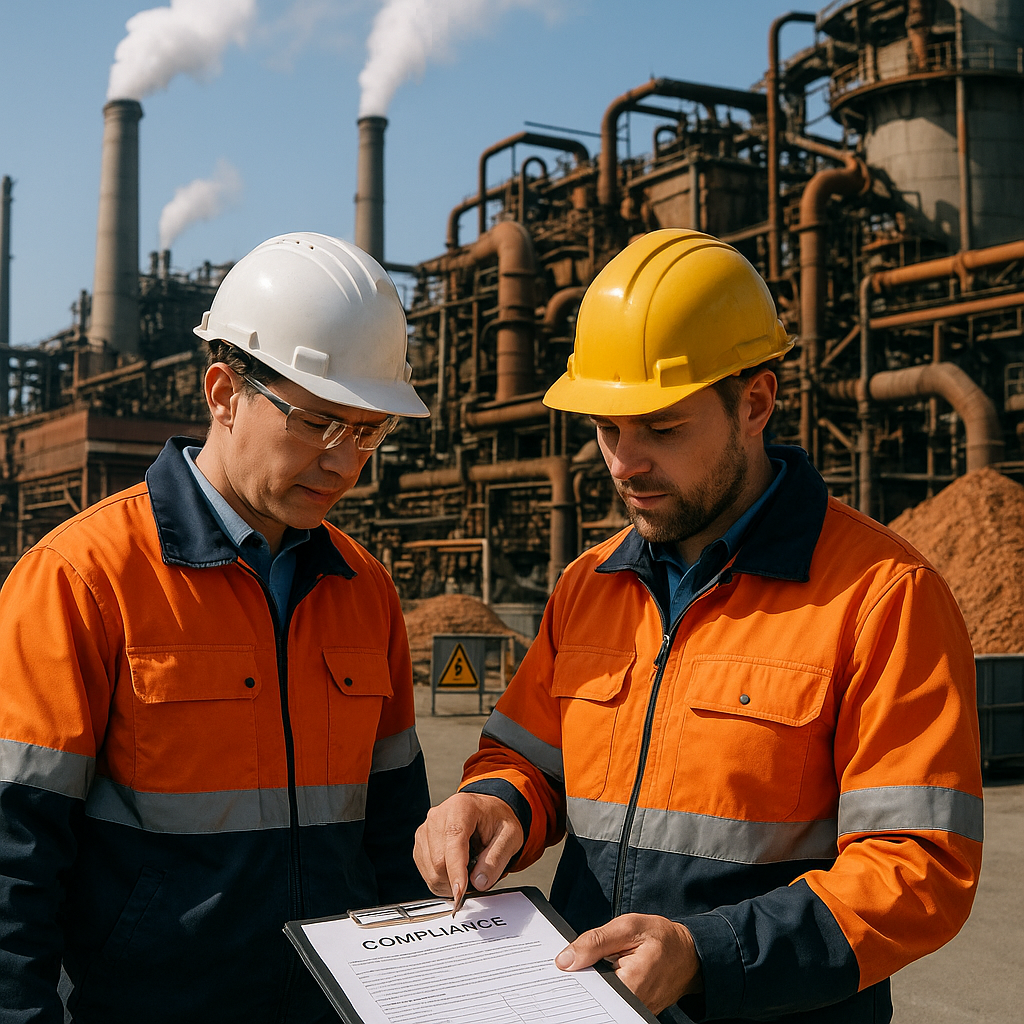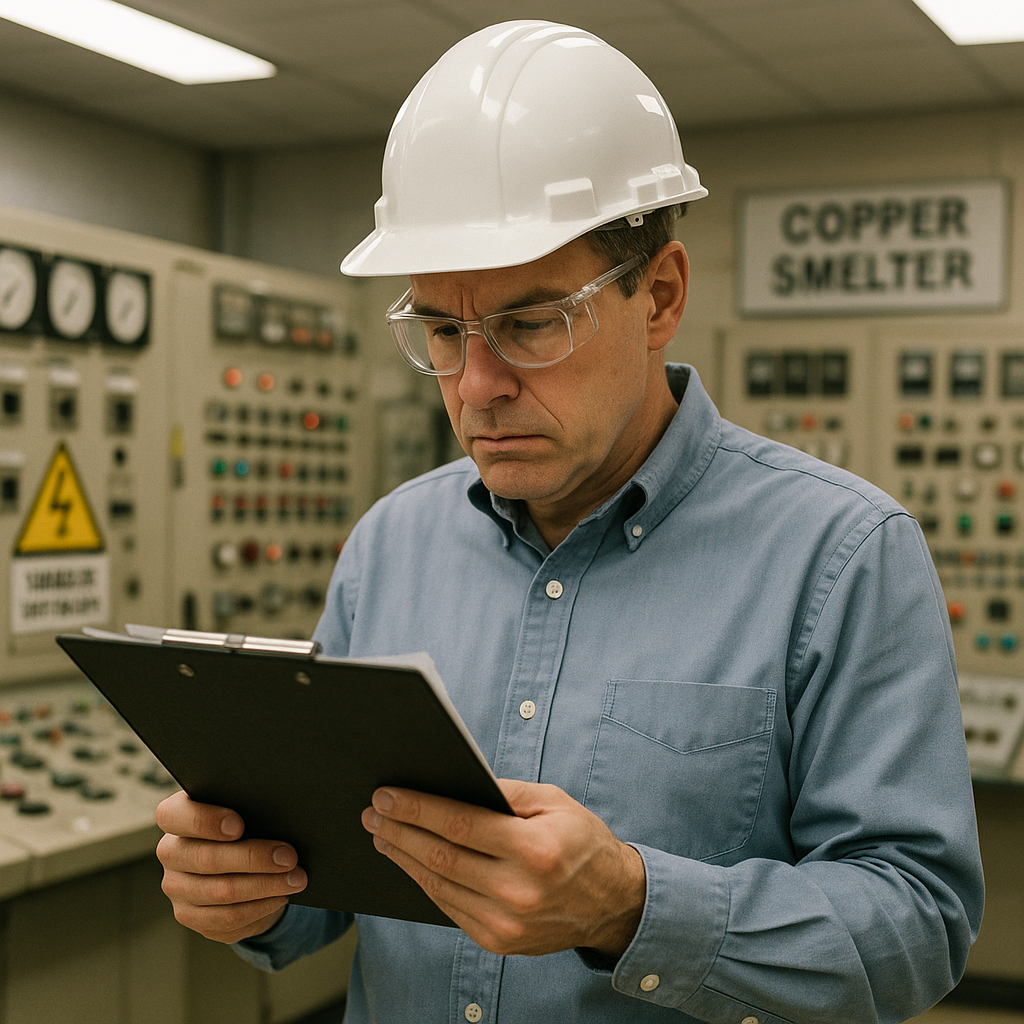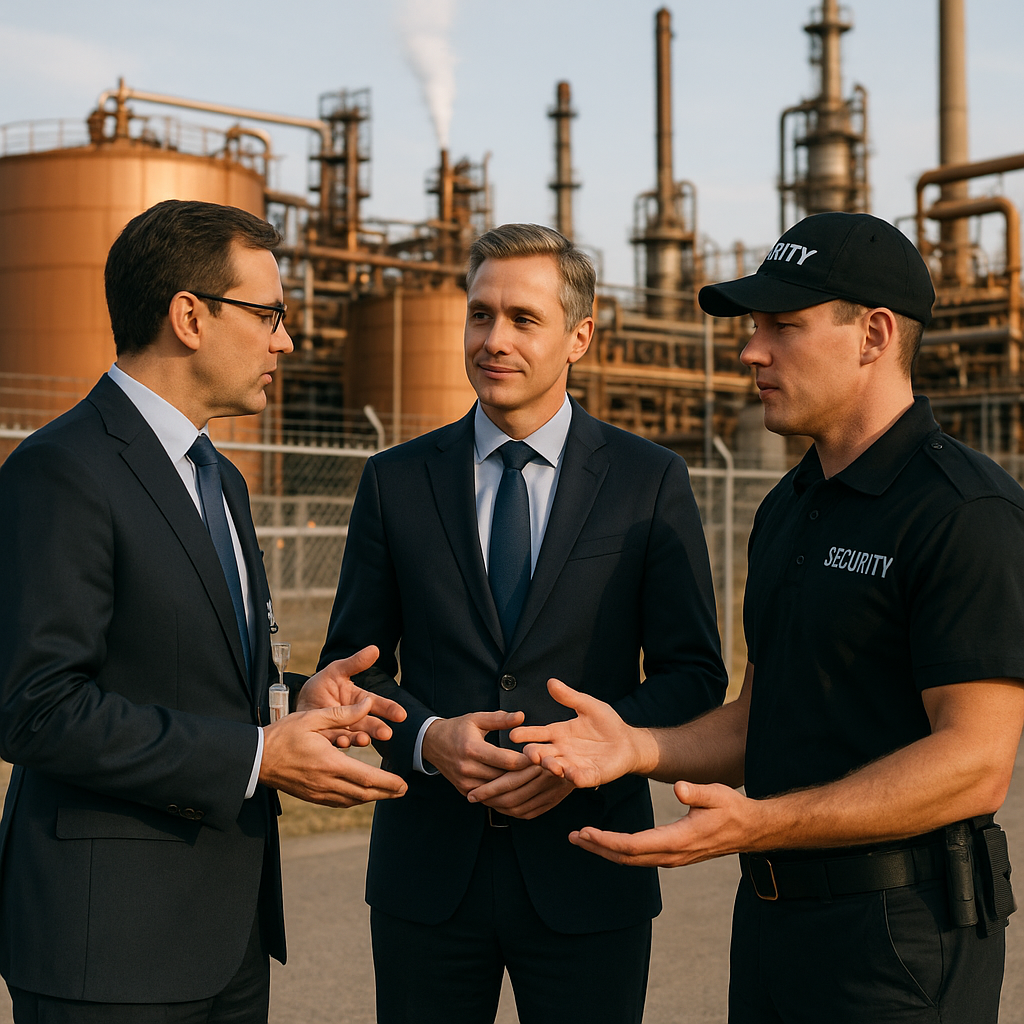5901 Botham Jean Blvd, Dallas, TX 75215
What is the Clean Air Act and How Does it Regulate Smelters?
November 17, 2025Industrial smelters emit considerable amounts of air pollutants during metal processing. These emissions include hazardous substances such as lead, arsenic, mercury, and sulfur dioxide, posing significant risks to public health and the environment. The Clean Air Act is the primary federal framework governing these emissions.
The Clean Air Act (CAA) is federal legislation aimed at ensuring safe air quality, protecting public health, and safeguarding the environment. The Environmental Protection Agency (EPA) uses the CAA to establish maximum emission levels for major stationary sources, including smelters. The act has been updated with amendments, including those in 1970 and 1977, to enhance air quality regulation and control.
Under the Clean Air Act, smelters must adhere to several regulatory programs. The New Source Performance Standards introduce technology-based emission limits for new facilities. The National Emission Standards for Hazardous Air Pollutants program regulates toxic substances through Maximum Achievable Control Technology requirements. Additionally, smelters must meet National Ambient Air Quality Standards and obtain operating permits outlining their allowable emissions levels.
What is the ‘Copper Rule’ and Its Requirements for Smelters?

The EPA’s Copper Rule marks a significant step in controlling emissions from metal processing. Announced as a final rule on May 13, 2024, it is officially known as the National Emission Standards for Hazardous Air Pollutants for Primary Copper Smelting. Operating under Section 112 of the Clean Air Act, this regulation targets the few primary copper smelters still active in the United States.
Primary copper smelting refines copper sulfide ore concentrate from mined ore into anode grade copper through pyrometallurgical processes. This industrial chain includes handling and blending ore concentrate, drying it, smelting it to matte grade copper, converting matte to blister grade copper, refining blister to anode grade copper, and pouring copper anodes, with each stage emitting various hazardous air pollutants addressed by the Copper Rule.
The Copper Rule enforces stricter emissions-control requirements on stationary sources within the primary copper smelting industry. Facilities must meet enhanced standards to capture and reduce toxic air pollutants at the source, specifically mercury, benzene, toluene, hydrogen chloride, chlorine, polycyclic aromatic hydrocarbons, naphthalene, and dioxin/furans.
Once fully implemented, the EPA estimates this major source rule will cut toxic metal emissions by nearly 50 percent from these sources. Lead and arsenic are the primary metals targeted for reduction, addressing significant public health concerns associated with heavy metal emissions from smelting operations.
The rule’s development spanned several years, starting with proposed regulations in 1998 and advancing through multiple revisions. The EPA’s comprehensive regulatory framework reflects extensive industry consultation and environmental impact analysis. Supplemental proposals in 2022 and 2023 refined the requirements, considering technological advances and industry feedback.
Compliance with the Copper Rule demands that smelters implement advanced pollution control technologies and monitoring systems. Facilities must adhere to specific emission limits through continuous monitoring and regular reporting to regulatory authorities. These measures ensure that primary copper smelting operations meet the hazardous air pollutant standards established under the Clean Air Act.
What Compliance Challenges Does the Copper Rule Create for Smelters?

The Copper Rule presents major compliance challenges by requiring emissions-control technologies that are not yet commercially viable. This forces domestic copper smelters to adhere to standards based on theoretical capabilities rather than established industrial practices. The regulatory framework assumes technological readiness that the market has not achieved.
Implementation costs present another significant barrier, with estimates ranging from $200 to $500 million per facility, depending on existing infrastructure. The compliance timeline set at 89 FR 41657 does not consider the unique operational constraints of this legacy sector. Smelters must acquire, install, and operate unproven technology within a stringent deadline that overlooks the realities of industrial retrofitting.
The regulatory burdens heavily impact a domestic industry that operated only two primary copper smelters nationally in 2024. Freeport-McMoRan’s Arizona facility and Rio Tinto’s Utah operation constitute all U.S. copper processing capability. Imposing costly requirements on such limited infrastructure risks accelerating closures and eliminating domestic processing capacity.
These compliance challenges threaten mineral independence by increasing reliance on foreign supply chains. The White House proclamation notes that these requirements could weaken the nation’s industrial base and increase dependence on foreign processing. Without viable domestic smelting options, copper concentrates from American mines would need to be exported for final processing.
The gap between regulatory expectations and commercial reality creates a difficult situation for smelters. Required emission control systems lack the necessary commercial demonstration for reliable deployment. This disconnect between policy timelines and technological development cycles places U.S. copper smelters in a challenging position, making compliance within the established timeframe technically unfeasible.
Conclusion: Balancing Regulation and National Security for Smelters

The case of the Copper Rule highlights the ongoing tension between enforcing stricter environmental standards under the Clean Air Act and protecting the economic and national security roles of domestic industries like copper smelting. The presidential exemption provides temporary regulatory relief for facilities such as Arizona’s Miami Smelter. However, the long-term challenge remains: achieving Clean Air Act compliance for smelters without compromising American mineral security. Regulators have the crucial task of developing emission-control standards that protect public health while preserving the nation’s limited industrial base for processing essential minerals.
This regulatory conflict extends beyond copper smelters, raising broader questions about incorporating strategic industrial capabilities within environmental protection policies. As policymakers balance these priorities, the need for comprehensive waste management and recycling solutions becomes increasingly important to support both environmental goals and industrial sustainability. Organizations aiming to enhance their recycling programs and contribute to a more sustainable industrial ecosystem can contact Okon Recycling at 214-717-4083.
